Seven years ago, Judy Lane made a decision that would not only change her life trajectory but set in motion the workings of a partnership that would grow into the full-on nonprofit organization that is now Maasai Partners.
Many of you have read her short bio, but we wanted to learn a little more in depth about her first solo trip back to Tanzania (and see her pictures).
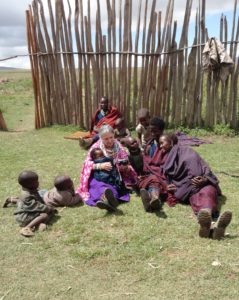
Despite her reluctance to talk about herself, we were able to squeeze out some recollections and were yet again so impressed by her gumption and vision and the love she holds for the people with whom she works.
We know you did a walking safari through Ngorongoro Conservation Area in 2011 and got hooked on Tanzania, but how did you come to literally return shortly thereafter?
Judy Lane (JL): I started communicating by text with John (the Maasai man who had been her safari guide) nonstop all day long about things. I also started sending money for scholarships.
After a couple of months, John said “Judy, I think you need to come back and visit the village.” I just jumped on it. I made the decision to go back.

Did you feel nervous about your decision and the prospect of staying in a boma (grouping of mud huts comprising the homes of an extended Maasai family)?
JL: I was just so excited to stay in the village. It sounded like my dream come true.
I had been in a boma in ’75 [during a National Outdoor Leadership School trip to Kenya].
One Maasai woman had attached herself to me during the hike across the plains to her boma—once there she dragged me away from our group and brought me to her mud hut. I was so panicked. It turned out that she had a newborn baby, and she just wanted me to hold it.
It was so dark, my eyes never adjusted. It was a really moving experience, my first personal connection with a culture so different from my own.
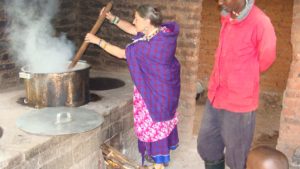
So this time, I knew what to expect and was really excited to have the opportunity to stay there.
What was it like when you arrived alone in this country where you knew none of the language and had no contacts?
JL: John was meeting me at the airport, so that eased my mind. I knew he’d arranged transportation. I knew he’d take good care of me—he was a wonderful guide.
Can you describe your first time staying in his boma in Alailelai village (in Ngorongoro Conservation Area)?
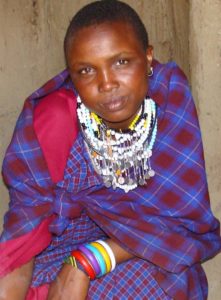
JL: The first thing they did was dress me up—in exactly the same traditional shukas and jewelry that they wore. So there was Ngalai, John’s wife, and giant John and then little me all dressed the same [laughing].
The first night lying in their tiny hut I was listening to the cowbells and thinking, ‘Oh my gosh, I’ve died and gone to heaven.’
The smells of smoke, animals and all the new sensory experiences just made me euphoric.
I stayed with Ngalai and Denis, her adopted son. Their hut had two bedroom alcoves with wooden frames covered in heavy cowhide; I had my own small bed. They didn’t have a fire in the hut, and it was quite cold. But it was comfortable, really tiny.
John, the only person who spoke English, would leave me at the boma for long periods of time each day during my visit saying “you can stay with the women—they’ll take care of you.” None of them knew a word of English!
What was that like?
JL: Terrifying at first. But the kids would congregate around me and hang out. With kids, it doesn’t matter if you can speak the language with them—they’ll find ways to communicate.
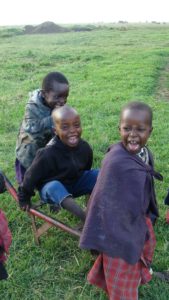
I had my computer with me and played music for them and the women off of it—I found out really quickly they like reggae. I have a lot of reggae on my computer and the women loved it. It is amazing the bond you can form through music.
It must’ve been an easy time of year, because the women were able to spend time sitting with me and hanging out in the sun. There were a lot of new babies, and they wanted me to hold their babies. They (the women) are very calm. It was very peaceful spending time with them.
I had my camera, and they love having their pictures taken. It was really novel for them to be able to see photos of themselves. I would show them the picture right after I took it.
Even though I couldn’t talk to them, it wasn’t uncomfortable.
What else stands out from the first few days?
JL: I remember being so embarrassed I had brought this giant suitcase with me which barely fit in the hut. I had more things in my suitcase then all of their possessions in the world. I had some solar with me—they had a generator at the school, and everyone had cell phones and brought them there to charge. They were really happy with the solar chargers.
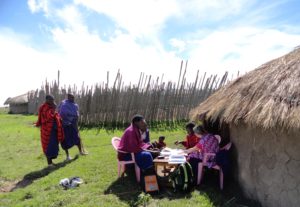
They’re so funny. Everyone hung out in John’s mom’s hut at night, which was hot, crowded and very smoky. They really made me feel very comfortable. Even though they’d had no white people stay with them before. They were very welcoming, totally at ease with me visiting, laughed a lot, and John would translate some of the conversation for me. It was really special and my favorite time of day.
How did you come to realize you wanted to do more to help these people?
JL: The first trip was for nine days. During that trip John arranged visits to each of the three different villages that I now work in. In each village we had meetings with the villagers and a separate meetings with the entire school staff and principal.
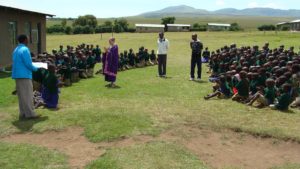
They’d sit me down; I was the only one with a chair.
John would say, “Ok Judy, now you can say something.” I’d had a fear of public speaking my whole life, and now I had to speak at all of these meetings. Panic, until I realized that they couldn’t understand a word I said!
In these meetings they told me everything that was wrong in the villages—we need a road, we need water, kindergarten, there’s no healthcare. At that time I was only doing education. I kept telling them that I am only one person and can’t promise all these things.
After the third meeting, I got into our rented Land Rover and burst into tears.
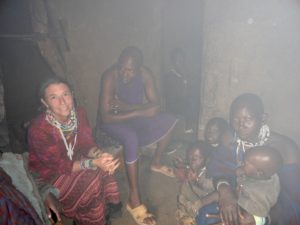
I was so overwhelmed by the need. It became really obvious you can’t just do education—it’s all intertwined.
Did you ever imagine then your involvement would blossom into what it is today?
JL: I had kind of started thinking of bigger plans, but it took a while to morph. How I was going to get to it was beyond me.
John started prepping me for what was coming up—I knew I’d be going back sooner than later. I was hooked!
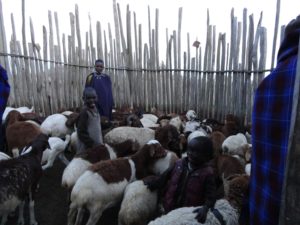
This blog is a part of our interview series, where we gather first-hand accounts from members and friends of our network and their on-the-ground trips to Tanzania. Look for more in the coming months.


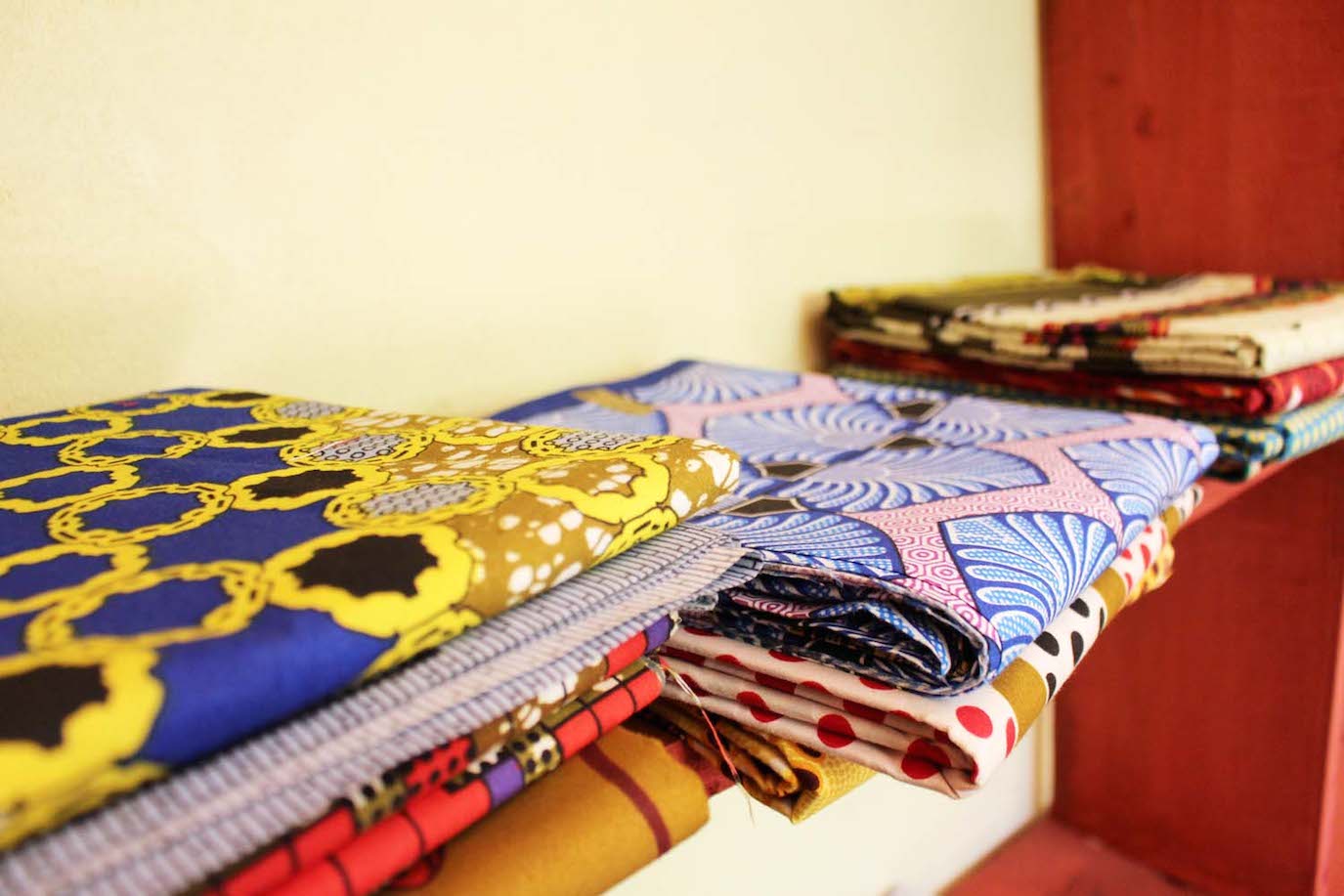
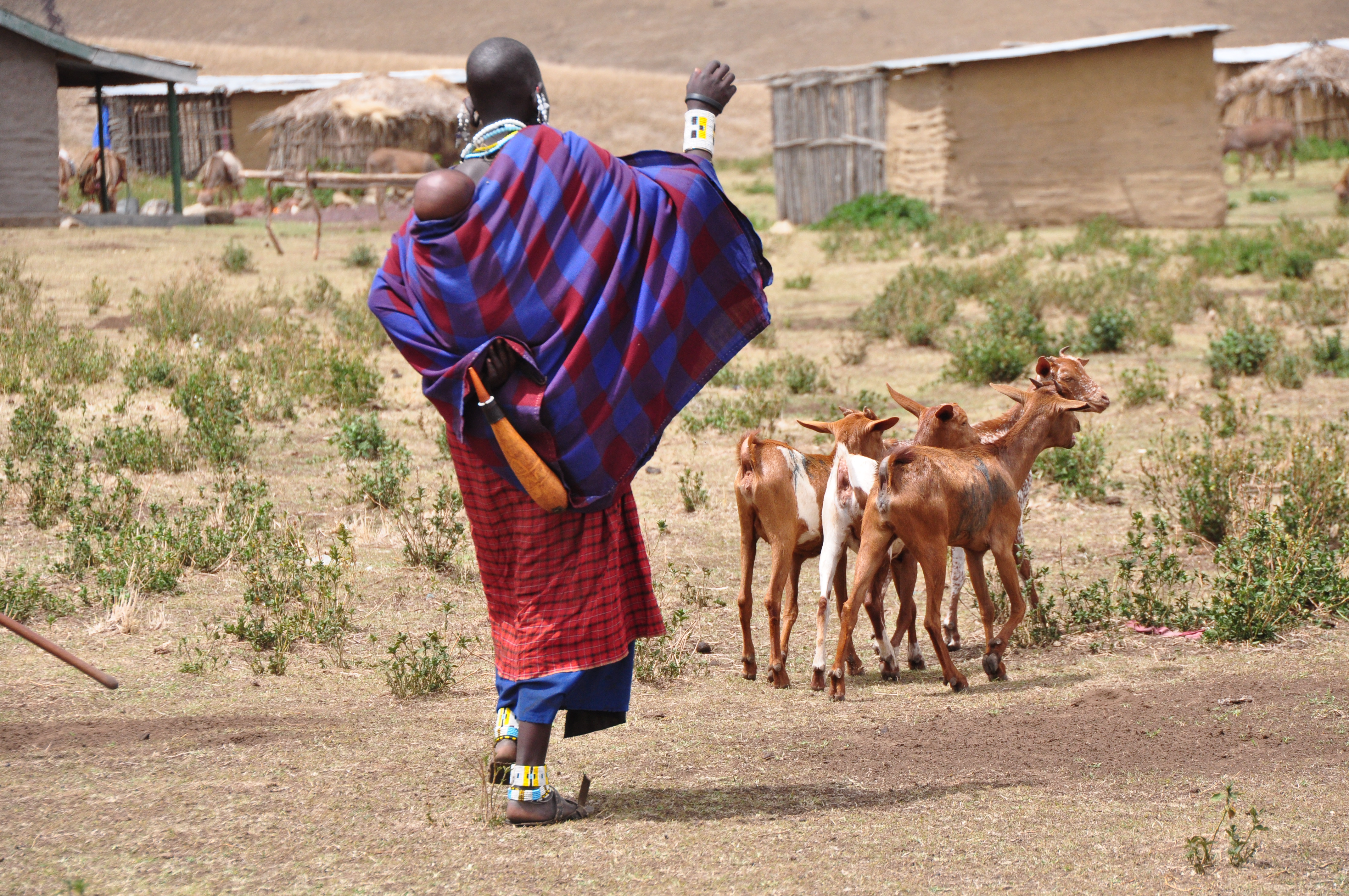
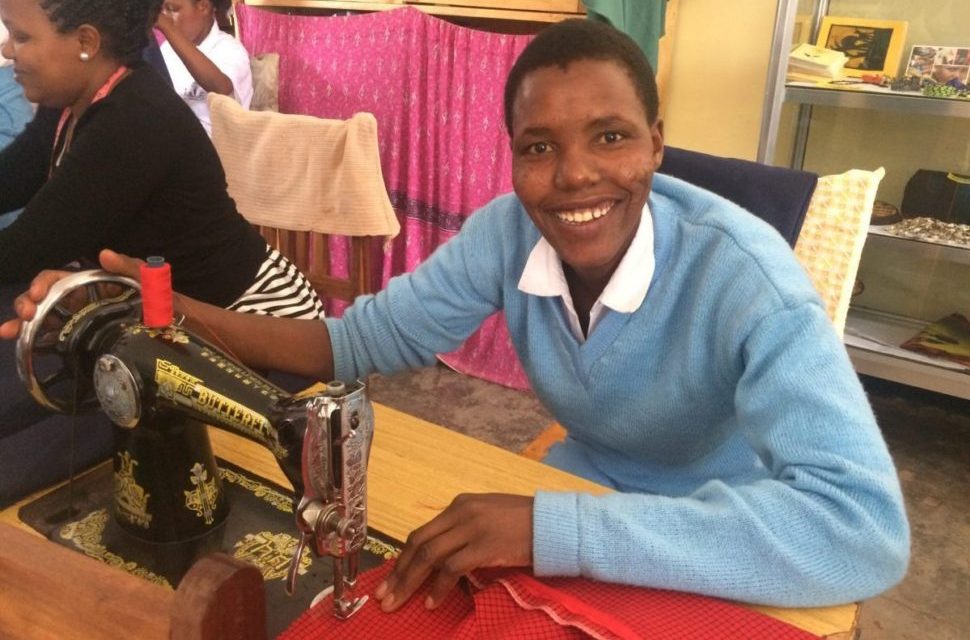
What an extraordinary story! Not everyone would take a tourist travel trip and let it pull them into a whole mission this way! Judy is an unusually thoughtful and giving person, as I have known. Fun to hear the actual descriptions of her time there. Keep up the wonderful work out there!
If only there were thousands of Judys who could take their assets and help those in obvious need.